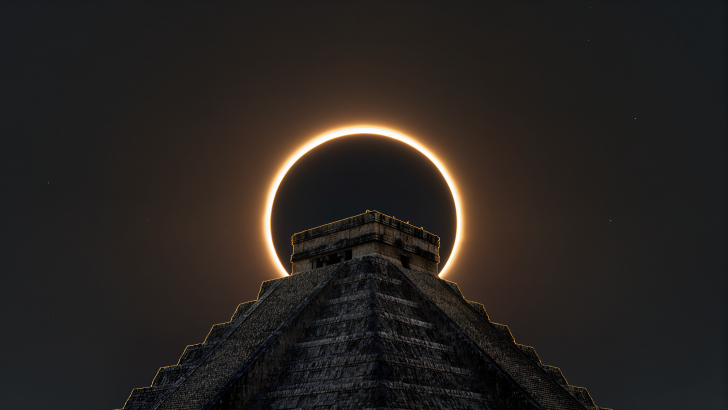Humanity has always had a flair for the dramatic, especially when it comes to imagining its own demise.
Long before modern fears of climate collapse, nuclear winter, or AIs, ancient civilizations spun elaborate tales of apocalyptic firestorms, divine judgments, and world-ending beasts.
These stories didn’t just entertain, but offered explanations, warnings, and sometimes even hope.
Here are 7 mythic visions of the world’s end – apocalyptic, symbolic, and sometimes eerily prescient.
1. Ragnarök: The Norse Apocalypse
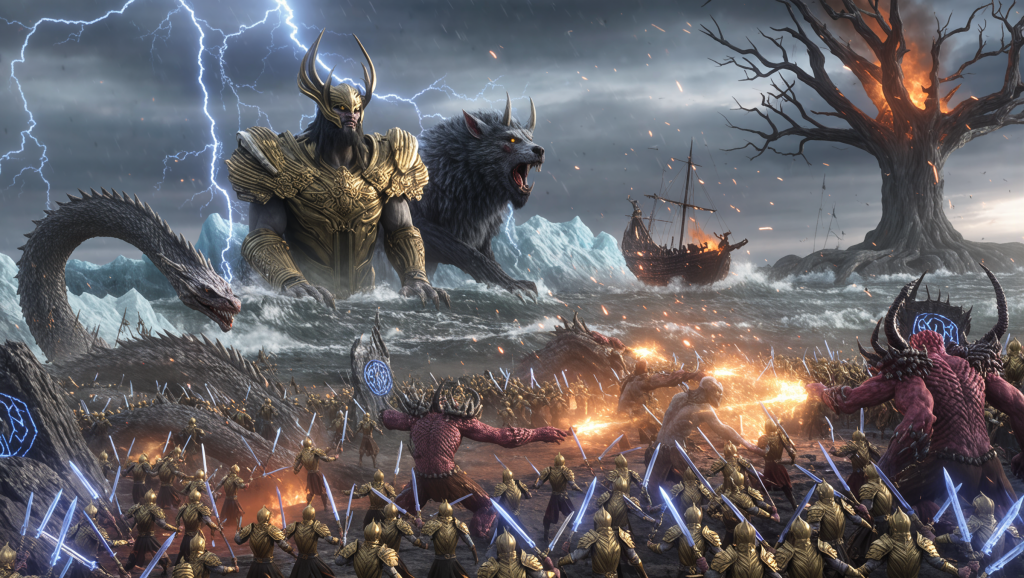
Ragnarök, the Norse end times, is a full-scale cosmic brawl.
Loki escapes his chains, Fenrir (a rather oversized wolf) swallows Odin, and the world is consumed by fire and flood.
But unlike many mythologies where the end is absolute, the Norse imagined a renascimento.
After the smoke clears and the oceans settle, a new world emerges, green and fertile, where a few lucky humans repopulate the Earth.
There’s something oddly hopeful in this Nordic nihilism, a reminder that even in the bleakest saga, there’s room for healing and regrowth.
2. The Aztec Fifth Sun: A World Always Ending

The Aztecs believed we live in the age of the Fifth Sun, a world preceded by four failed creations, each destroyed in its own spectacular fashion: jaguars, hurricanes, fiery rain, and floods (not necessarily in that order).
To keep this current sun alive, the gods demanded constant human blood.
According to prophecy, the Fifth Sun, too, is doomed. Earthquakes will shake the ground, darkness will consume the skies, and the world will vanish into oblivion. No pressure.
What’s striking is the sense of precariousness in Aztec cosmology. The world isn’t a guaranteed gift, but a fragile, borrowed flame.
Dark? Absolutely. But for the Aztecs, the apocalypse wasn’t a surprise. It was scheduled.
3. The Egyptian Great Inundation: Drowning in Myth
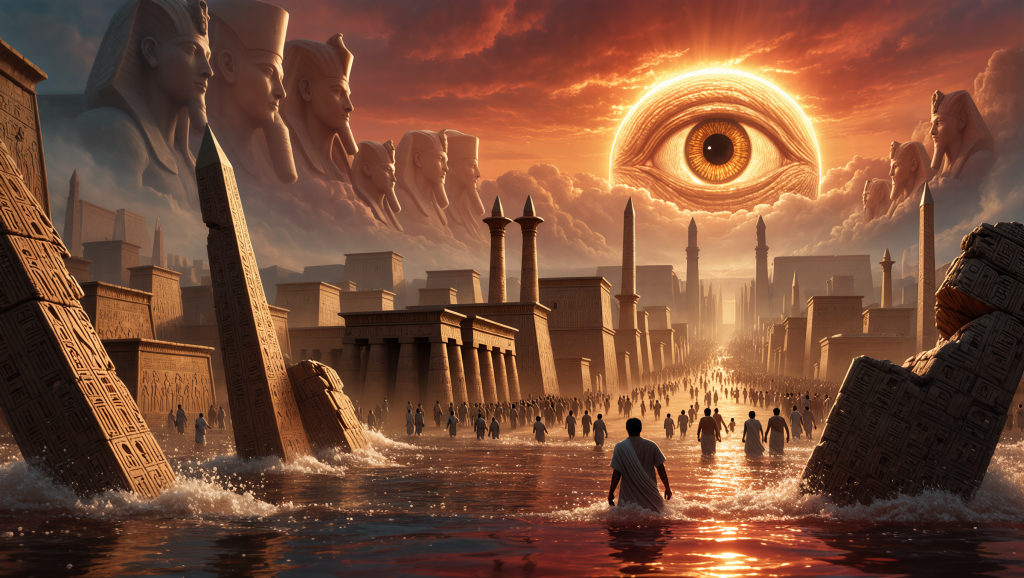
The ancient Egyptians, more concerned with eternity than endings, were surprisingly reserved on the matter of global collapse.
But some myths speak of a time when the gods grew weary of humanity’s insolence.
The Eye of Ra, a fiery, bloodthirsty manifestation of the sun god, was sent to destroy mankind. Things got so out of hand that Ra had to trick her into stopping – by getting her drunk on beer dyed red to resemble blood.
In a way, the apocalypse was averted by alcohol and deception.
There are also mentions of a Great Inundation, where chaos reclaims order and the sacred cycle of Ma’at – truth, balance, justice – is reset.
For the Egyptians, the end wasn’t total obliteration. It was more like a divine audit.
4. Māori Beliefs: The Fire of Tama-nui-te-rā
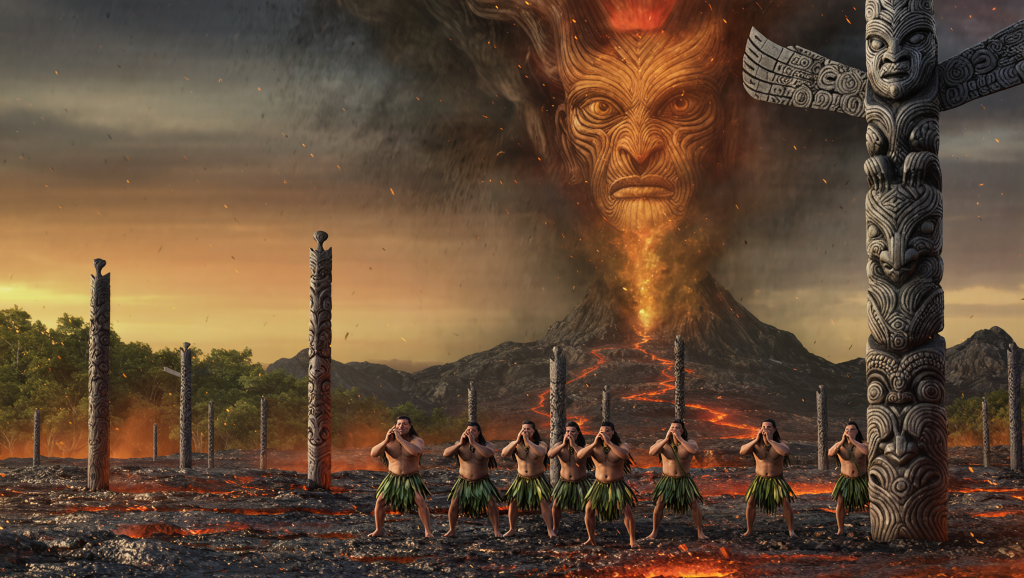
In Māori mythology, the sun god Tama-nui-te-rā plays a central role in both life and death.
While there’s no single apocalyptic narrative, some traditions suggest that the world could end in fire, returning to the very flames from which it emerged.
The Earth, once shaped by gods and ancestors, is seen as a living being, capable of balance and, when mistreated, capable of rebellion.
Volcanic eruptions, earthquakes, and floods aren’t just natural disasters – they are signs of divine unrest.
The world ends as it began: in elemental fury. It’s a quieter sort of apocalypse, rooted in respect and fear of nature’s immense power.
5. Zoroastrian Frashokereti: Fire and Finality
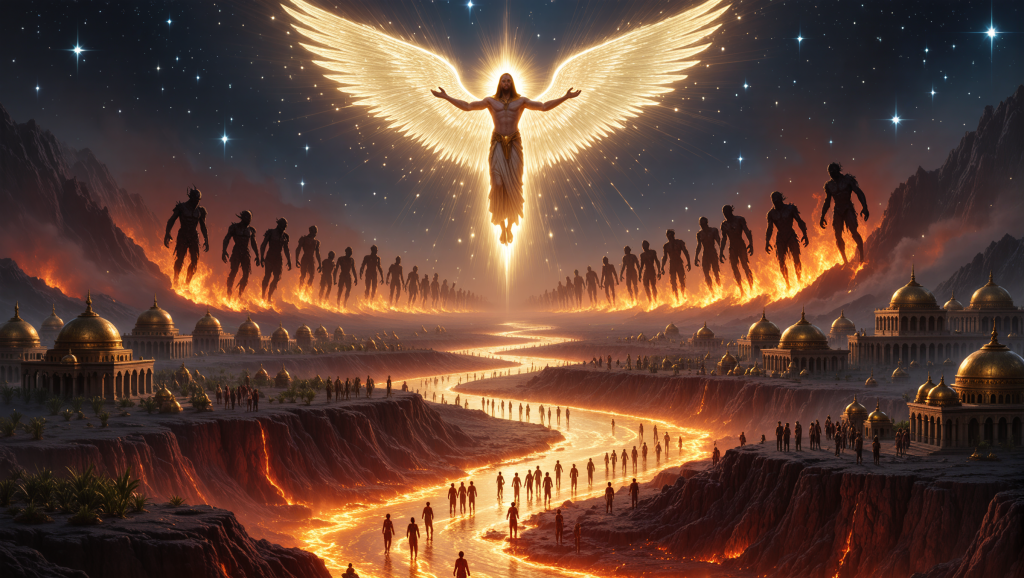
Zoroastrianism, one of the world’s oldest monotheistic religions, offers a surprisingly optimistic take on the end of days.
Yes, there’s a final judgment, a river of molten metal, and a good bit of smiting. But it all leads to a perfect world, free of evil and death.
Frashokereti – the great renewal – unfolds after the triumph of Ahura Mazda (the good god) over Angra Mainyu (the destructive spirit).
Humanity is resurrected, purified in the fiery river (hot but not fatal), and reunited with the divine.
Zoroastrianism’s apocalypse is a cosmic house-cleaning. Less wrath, more restoration. Evil is not just punished – it’s undone.
There’s something deeply appealing in this vision: an end that is also an ultimate beginning, a divine do-over with no bugs in the system.
6. The Hopi Prophecies: The Day of Purification
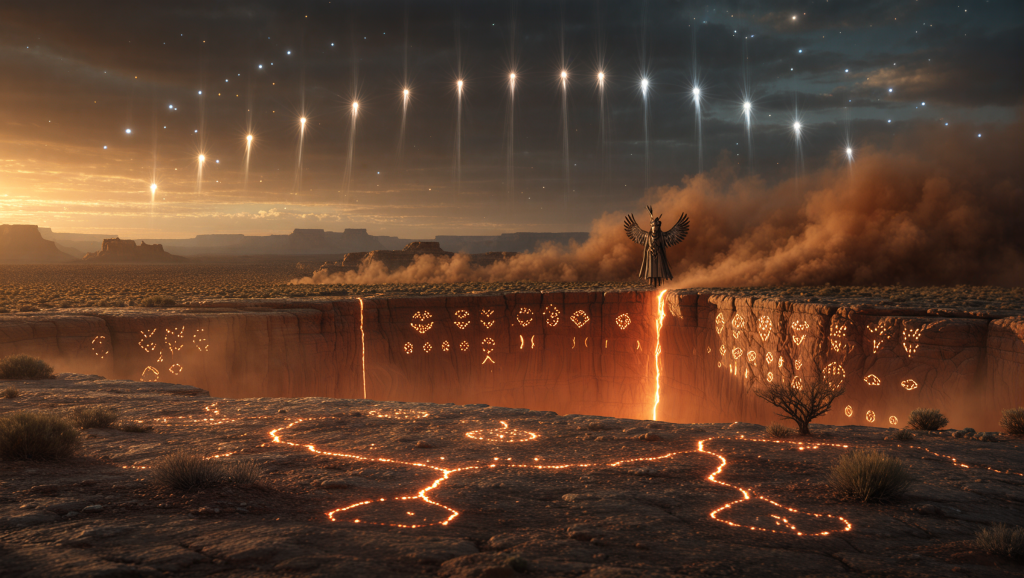
The Hopi people of the American Southwest possess a deeply symbolic cosmology, in which time is measured in worlds.
We’re currently living in the Fourth World, the previous three having been destroyed by fire, flood, and ice.
According to Hopi prophecy, the end of the Fourth World will come with a Day of Purification, a time when humanity must choose between harmony and chaos.
A mysterious figure known as the True White Brother will return, and a great reckoning will unfold.
The signs are technological excess, environmental desecration, and widespread spiritual amnesia. Ring any bells?
But survival isn’t about hiding in bunkers. It’s about returning to balance, respecting nature, and living in alignment with ancient truths. The apocalypse, in this sense, is not destruction, but correction.
7. The Finnish Kallavesi Cataclysm: A Whisper from the Kalevala
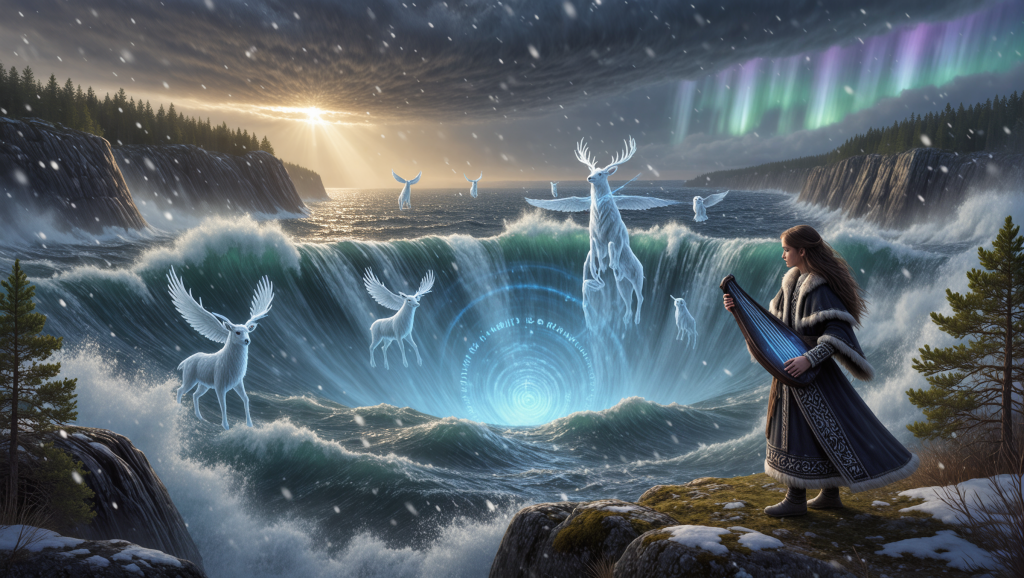
The Finnish cosmos doesn’t end in a clear-cut Ragnarök-style brawl, but rather hints at a slow unraveling, a world on the edge of natural collapse and magical decay.
One such apocalyptic tale comes from legends surrounding Kallavesi, a great mythical lake said to have once threatened to drown the world.
The water rises as humanity grows arrogant, disrespecting nature and the spirits that dwell within it.
While the myth never spells out a grand finale, the looming presence of floods, long winters, and the silence of the gods suggests an end that comes quietly – by neglect, not fury.
Here, the apocalypse is not an explosion. Nature doesn’t rage. It withdraws. The world ends not with fire, but frost. Not a punishment, but an almost poetic consequence.

